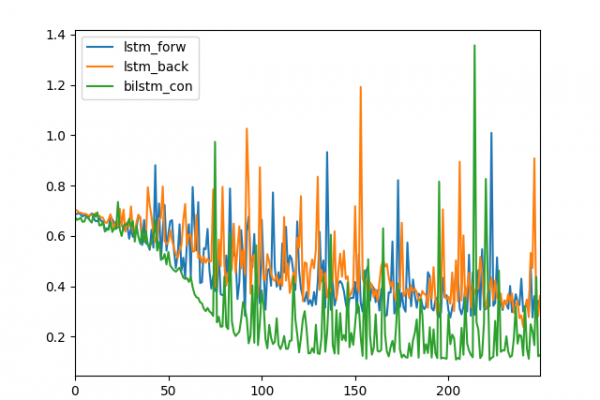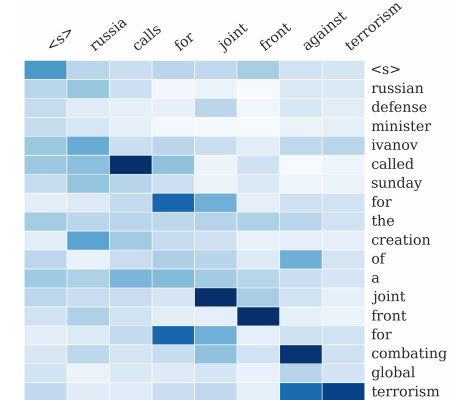How to use an Encoder-Decoder LSTM to Echo Sequences of Random Integers
Last Updated on August 27, 2020 A powerful feature of Long Short-Term Memory (LSTM) recurrent neural networks is that they can remember observations over long sequence intervals. This can be demonstrated by contriving a simple sequence echo problem where the entire input sequence or partial contiguous blocks of the input sequence are echoed as an output sequence. Developing LSTM recurrent neural networks to address the sequence echo problem is both a good demonstration of the power of LSTMs and can […]
Read more








